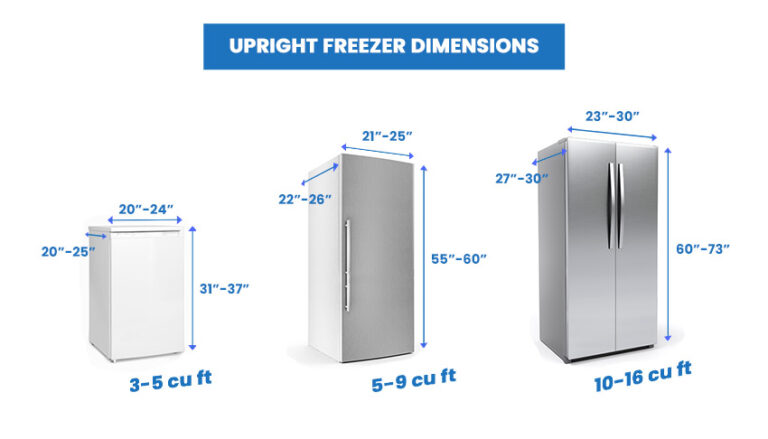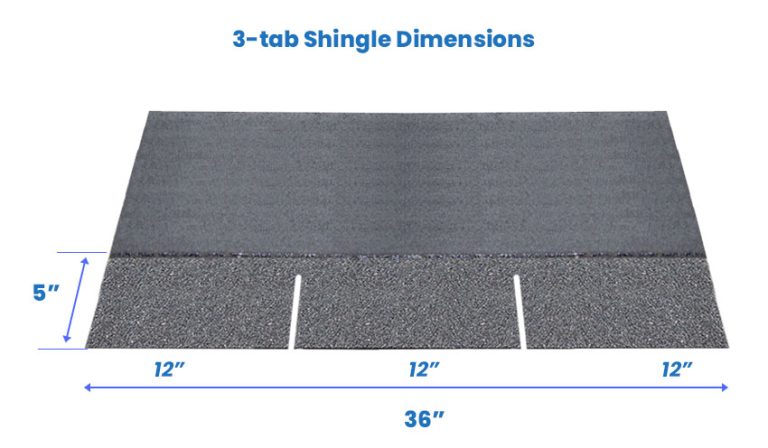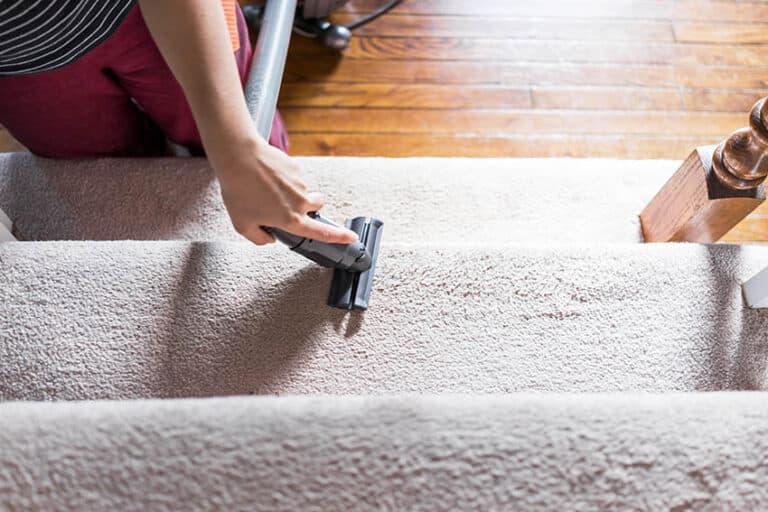Pros And Cons Of Dual Flush Toilets
Here’s the pros and cons of dual flush toilets with what it is, how it works, how to adjust water flow and if a dual flush toilet is worth it for your bathroom design.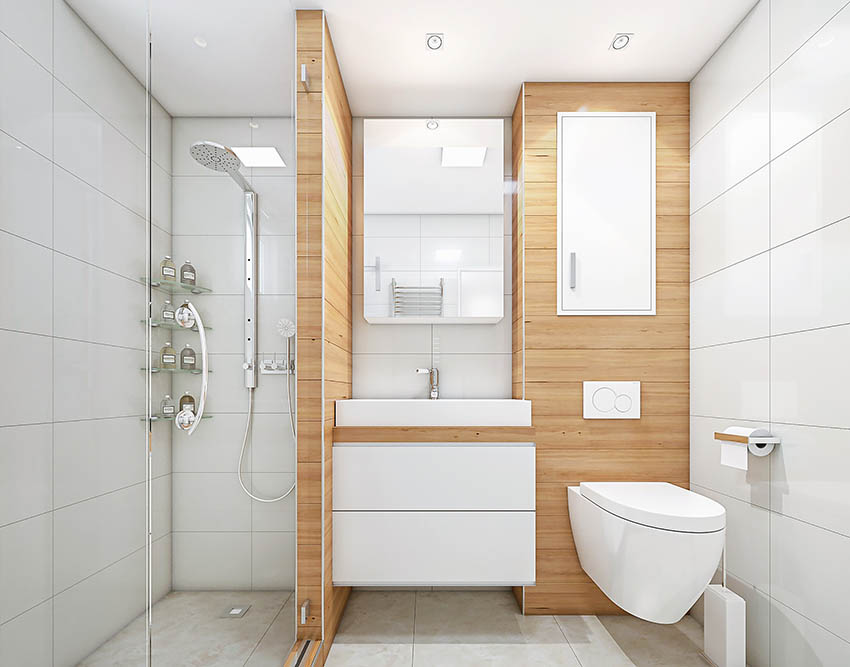 Toilets take up a huge percentage of a household’s water consumption month on month, and year after year. Some statistics would even go up to as much as 50%. This is a huge percentage and something that’s worth taking note of.
Toilets take up a huge percentage of a household’s water consumption month on month, and year after year. Some statistics would even go up to as much as 50%. This is a huge percentage and something that’s worth taking note of.
This is where dual flush toilets come into play. The green movement has brought on efforts that are set on protecting and conserving the environment and minimizing water consumption is a key player in that said movement.
Conserving water is an essential effort in minimizing how much natural resources we actually take up. It begs to question though if dual flush toilets are everything they say they are; and if they really are worth the cost and the effort to put up. Here’s what we need to know about them so far. [toc]
What Is A Dual Flush Toilet?
At first glance, there really isn’t that much difference in terms of how a dual flush toilet looks like from a regular or traditional toilet. However, there are a few distinct features that make them stand out. For starters, when you activate the flush function, there is no siphoning activity going on.
If you pay attention to the trap-way of a dual flush toilet, you will notice that it actually appears to be much bigger than a regular or traditional one. The tray-way is the hole at the bottom of the toilet bowl where all the waste and water exit out. A bigger trap-way is important as it facilitates easier flushing and minimizes the instances of toilet clogs.
And of course, as the name suggests, the key indicator is that instead of one flush button, it has two. This is the main or key feature of dual flush toilets. You actually get to choose which type of flush you get to use. The smaller flush button is usually for liquid wastes whereas the bigger one is meant for solid wastes. Read more about types of toilet flush systems here.
How Does A Dual Flush Toilet Work

These dual flush systems are something that you can opt to go ahead and install yourself or you can get it pre-installed from your local home store or wherever it is you’re planning to get your toilet unit from.
For a majority of dual flush toilet systems, liquid wastes usually only take up a half flush or roughly around less than a gallon of water. Technically speaking, a majority of the flushes required for a toilet is for liquid wastes.
This means that the simple concept of minimizing its water consumption could lead to saving hundreds or in some cases, even thousands of gallons of water year in and year out.
Flushing for solid wastes will take up a full flush, or twice the amount of water it takes to flush liquid wastes down. This is to really make sure that all that waste efficiently goes down the drain.
But then again, because of its strategic design of having a much larger trap-way, flushing down solid wastes will still take up far less water as opposed to regular toilets units.
The main differentiator of a dual flush toilet from a regular toilet is that a regular one can’t really adjust to the type of waste being flushed down. They work the same way regardless. It starts off with the toilet tank being filled up with water.
When the flushing mechanism is activated, it takes whatever is in the tank, along with the wastes in the toilet bowl, down the drain. Once that’s done, the toilet bowl take is refilled with the same amount of water and the cycle goes on and on.
A dual flush toilet doesn’t do that. It can adjust accordingly depending on which type of waste actually needs to be flushed down and the end result is less consumption of water overall. It’s a plumbing innovation that really puts the highlight on water efficiency.
Dual Flush Toilet Pros
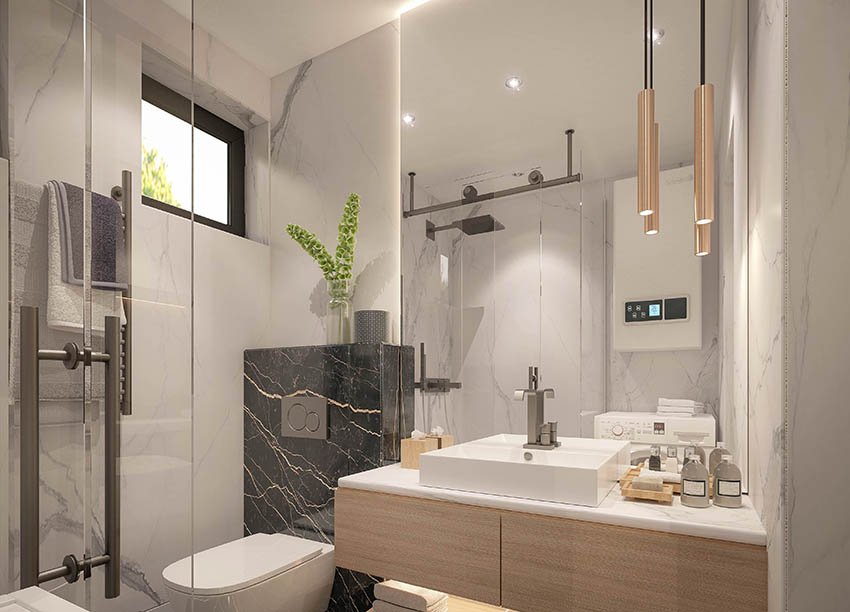
They are compliant with the National Energy Policy Act that was drafted back in 1992 and was implemented in 1994. The act mandates that no more than 1.6 gallons of water should be used per flush.
This is a huge cutback from older standard models of toilets that consume 3.5 gallons per flush. It has two types of flushes: the one for solid wastes that consumes 1.1 gallons of water per flush, give or take, and 0.5 gallons of water per flush for liquid wastes. According to statistics, a household that shifts to a dual flush toilet can save up to 4,000 gallons of water per year.
A dual flush toilet will save you money – Because of the fact that you are saving exponential amounts of water month on month and year after year, it also directly translates to a much lower water bill. This means that you get to save money as well on top of conserving natural resources.
On top of this, dual flush toilets with a WaterSense label in the United States as well as in certain provinces in Canada entitle buyers to rebates given out by the government. A WaterSense label is an indication that a toilet unit isn’t just green, but high performing as well.
They also aren’t that expensive as a basic dual flush toilet system will cost you $250 per unit. Of course, there are higher end models that cost more. However, for retrofit kits for the purpose of conversion instead of full replacement, it can be at just under $100.
A dual flush toilet tends to clog less – Most of the dual flush toilet units in the market right now are designed to make full use of the natural force of gravity to help facilitate the flush function. They are also equipped with large holed trap-ways to make it even easier to flush human waste.
It veers away from the traditional process of pressure siphoning that most traditional toilets operate on. Because of this, the added benefit is that you tend to get less clogs.
A dual flush toilet tends to look more stylish – Dual flush toilets usually have sleek and modern aesthetics that are bound to upgrade any bathroom regardless of the style and décor or theme.
They can be purchased in one piece or two piece models and they can come in a wide variety of colors and finishes. There are so many toilet tank decor options to choose from that you are bound to find something that fits your bathroom’s aesthetics pretty easily.
It has a powerful flush – Dual flush toilets are quite clever. They look great too. But an amazing thing about them is that they can be pretty powerful. There have been reports that even the low flush option is powerful enough to flush down over 350 grams of solid waste. This has been observed for high efficiency dual flush toilet models.
This means that you wouldn’t even have to use the high flush option in the first place. Take note though that this isn’t applicable for all models. It depends on the brand and type of dual flush toilet unit you’re actually getting. Still, it’s pretty good to know that that option is actually out there.
Dual Flush Toilet Cons
A dual flush toilet can be tricky to install at times – There are certain dual flush toilet unit installations that you can’t really do yourself. This would mean that you would have to hire it out professionally.
This would mean that there would be a certain upfront cost on top of the cost of the unit itself. Although it’s a bit of an inconvenience and a source of frustration for DIY enthusiasts, it’s still a pretty small price to pay compared to the large range of benefits that dual flush toilets offer at the end of the day.
The bowl can be challenging to clean – Dual flush toilets usually require extra care and attention in cleaning because of the fact that the low flush option can at times leave certain residue in the bowl. Take note though that this only happens occasionally and only when using the low flush option.
The buttons on a dual flush toilet can at times be confusing – You may have some guests at home who aren’t really all that used to the concept of a dual flush toilet system.
There aren’t really any clear labels for the low and high flush option and this can turn out to be a bit confusing for a first timer. You may remedy this by giving them a quick orientation of how the toilet works.
Dual Flush Toilet Which Button To Push

How To Adjust Water Level In A Dual Flush Toilet Bowl

Adjust the toilet float. Remove the tank lid. Take note of the water level inside the tank. It should be around a half inch right under the top of the overflow tube. Adjust it accordingly if it isn’t up to that measurement.
Look for a plastic screw adjust to turn. This usually adjusts it. Turn it counterclockwise to raise the water level and clockwise to lower it. Also make sure that the refill tube is properly clipped to the overflow tube before you put the lid back in place.
Is A Dual Flush Toilet Worth It?
A dual flush toilet can drastically bring down your water consumption by up to 50%. This directly equates to roughly around $100 worth of savings per year, and thousands of gallons of water.
The additional rebates coming from the government for toilets with WaterSense labels isn’t accounted yet in this ballpark calculation.
So the conclusion is that yes, you get to save some money but on top of that, you are being a responsible steward of your local area’s water source, and by extension, natural resources in general. So yes, it is definitely well worth it for you to switch up to a dual flush toilet system at home.
Are there any pros and cons of dual flush toilets that we missed? Let us know your experiences using these toilet flush systems in the comments below. For more related content visit our gallery of the types of toilet seats.

